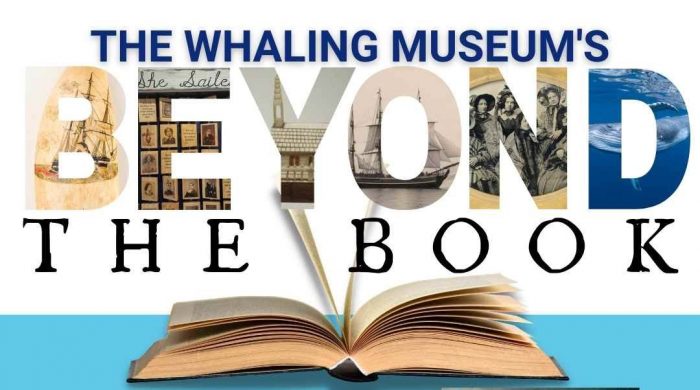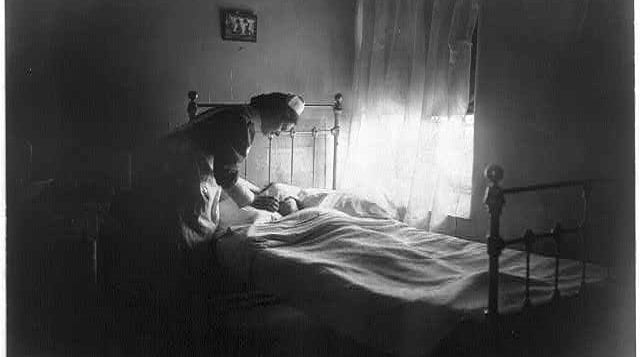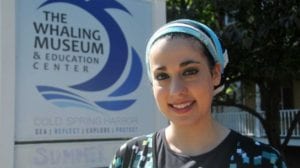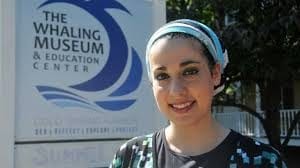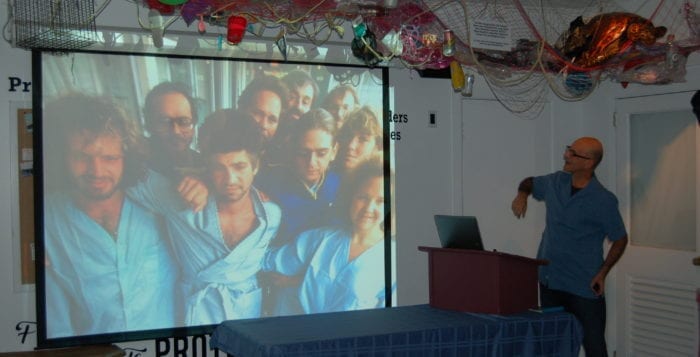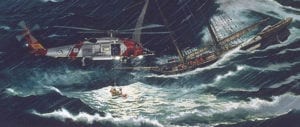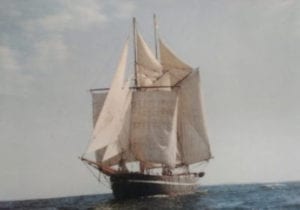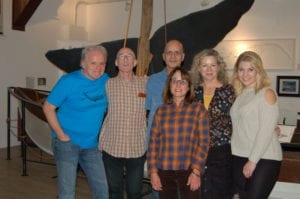The Whaling Museum & Education Center, 301 Main St., Cold Spring Harbor has announced its third season of Beyond the Book club. After two successful seasons of this unique, thematic book club, the museum has gained a consistent member base. Even so, there is still room for more bookish folks enamored with the sea to participate. Participants will enjoy fascinating stories paired with the museum’s collection and a special matching snack.
This unique book club series has the museum education team hand selecting texts that are inspired by the sea and utilizes the museum’s collection of over 6,000 artifacts to bring club members closer to the story. Participants are invited to make connections, personal and historical, through up close interactions with relevant objects and facts from Long Island’s maritime past.
Through this tangible way of interacting with objects, book clubbers are immersed in the theme of the text and find new perspectives to understand the narrative. In addition, the museum education team pairs a special snack with the text for each session, further engaging participants.
Liz Cousins, a participant in this past fall and spring book club sessions, had this to say about Beyond the Book — “Thanks again for putting this book club together! I’m not usually a “book club” type […] but THIS, I LOVE.” The Whaling Museum’s book club aims to gain a new audience of readers through this unique approach.
The January session will take place on Jan. 25. Book clubbers will gather to discuss The Soul of an Octopus: A Surprising Exploration into the Wonder of Consciousness by Sy Montgomery followed by an examination of historical documents from the museum’s collection that reveal how 19th century whalers viewed whales and how these views have changed over time.
The February session will take place on Feb. 29 featuring Never Caught: The Washingtons’ Relentless Pursuit of Their Runaway Slave, Ona Judge by Erica Armstrong Dunbar. Enjoy an intimate look at the museum’s special exhibit From Sea to Shining Sea: Whalers of the African Diaspora and discover the surprising role the whaling industry played in carrying people to freedom.
Lastly, on March 28, book clubbers will gather to discuss Ahab’s Wife, or The Star-Gazer by Sena Jeter Naslund. Participants will inspect artifacts and writings left behind by Cold Spring Harbor whaling wives to see how closely Naslund’s fiction imitates fact.
“It has been an absolute joy to watch our book club continue to grow and to be a part of the wonderful community that has formed during these sessions. We can’t wait to share more of our collection and explore new stories with this group in the new year,” said Brenna McCormick-Thompson, Curator of Education.
Each book club meeting will start at 6:30 p.m. and is approximately 1 hour long. Coffee (compliments of Starbucks of Huntington Village), tea and cookies will be served.
Beyond the Book club sessions are free for museum members and patrons of the museum’s partner libraries, Huntington Public Library and South Huntington Public Library. All others may attend for $15 per session. Register at www.cshwhalingmuseum.org/bookclub. For more information, call 631-367-3418.
This article originally appeared in TBR News Media’s Prime Times senior supplement on 01/25/24.

